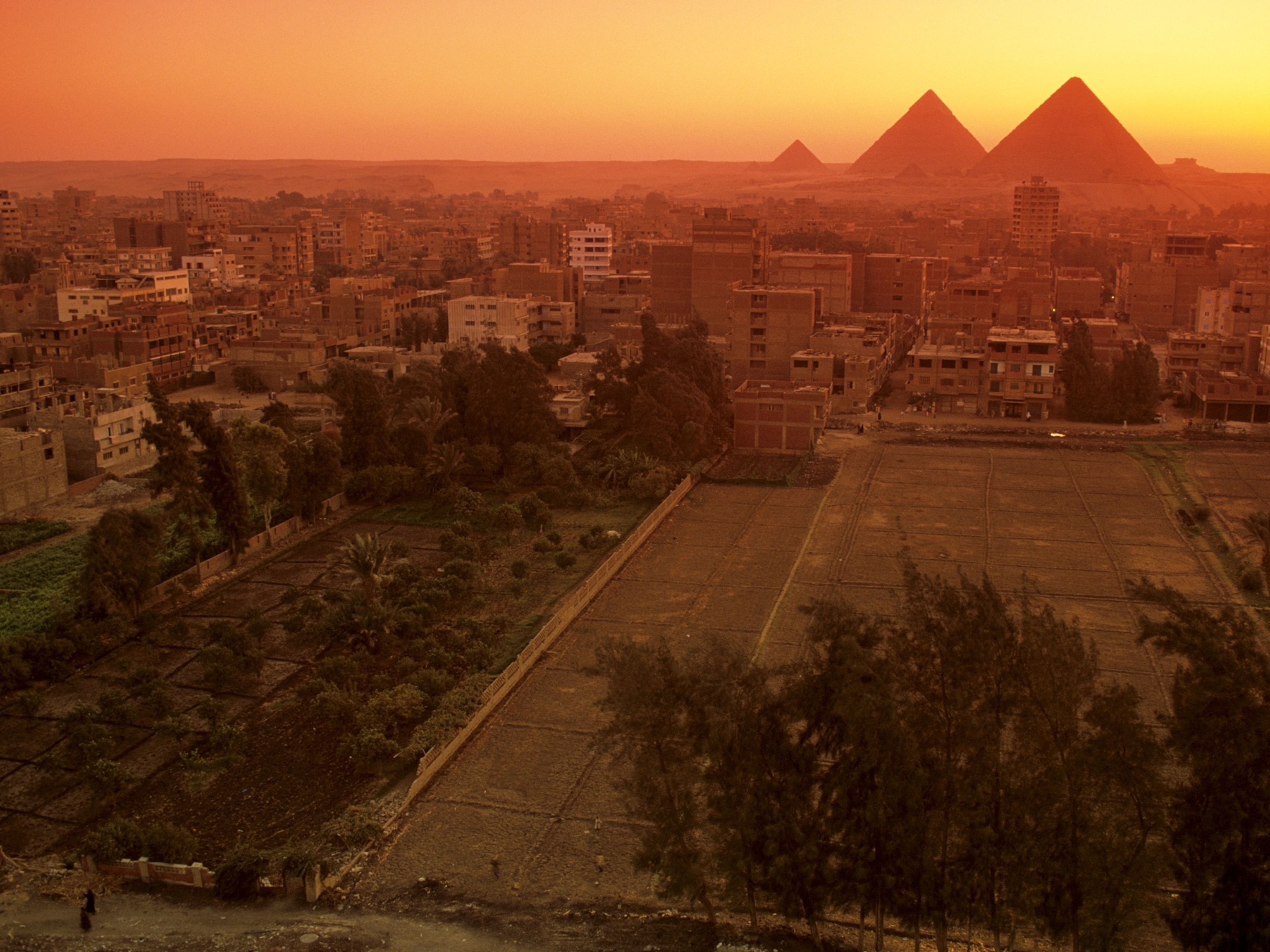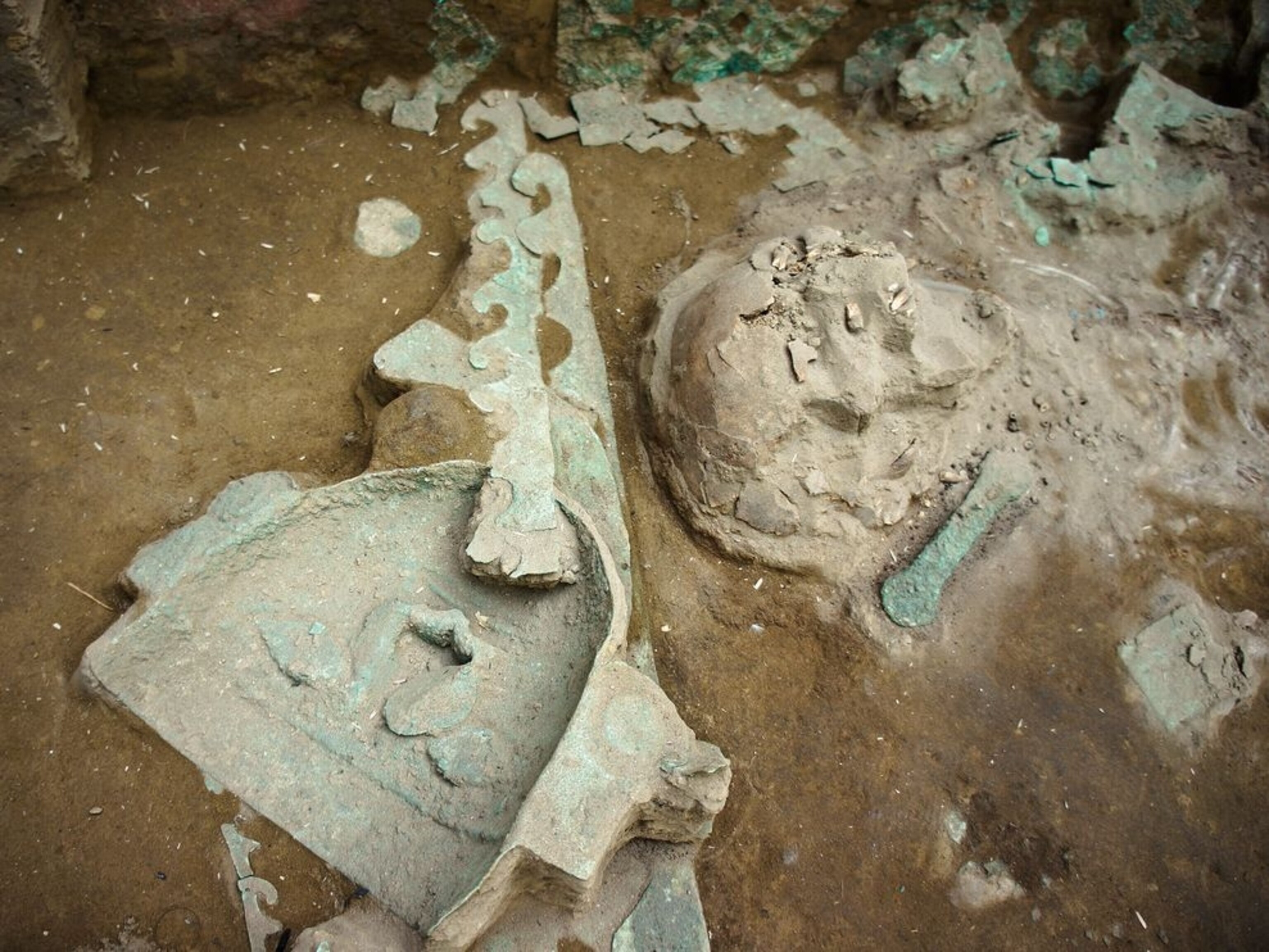
Tomb of a Powerful Moche Priestess-Queen Found in Peru
Discovery helps change ideas about the roles of elite women in Moche society.
Some 1,200 years ago, a prominent Moche woman was laid to rest with great pomp and ceremony. Now archaeologists have uncovered her tomb along with clues that testify to her privileged status and the power she once wielded.
The discovery—made over the last couple of weeks at the site of San José de Moro in the Jequetepeque River valley of northern Peru—is one of several that have revolutionized ideas about the roles women played in Moche society.
In about A.D. 750 this revered woman was buried in a large chamber some 20 feet (6 meters) beneath the ground. The earthen walls of her tomb were painted red, and large niches held offerings of ceramic vessels. Two adults, presumably sacrificed female attendants, were buried with her along with five children. (See video of a Moche tomb.)
Her skeleton rested on a low platform at one end of the chamber and was adorned very simply with a bead necklace of local stones. Beside her lay an important clue to her identity—the kind of tall silver goblet that appears in Moche art in scenes of human sacrifice and blood consumption. Such vessels have only been found previously in the tombs of powerful priestess-queens, so that was likely the role this woman played in life.
The elaborate decoration of the coffin is another clue that this was someone important. The box itself was probably made of wood or cane, which has long since decayed. Copper plaques once covered it, tracing out a typical Moche design of waves and steps that's now visible to one side of the skeleton where the wall of the collapsing coffin fell flat.
Near the skeleton's head lay a copper funerary mask, which probably sat atop the coffin originally. And at the foot of the burial lay two pieces of copper shaped like sandals. "The coffin was anthropomorphized," explains excavation director Luis Jaime Castillo Butters. "It became a person."





